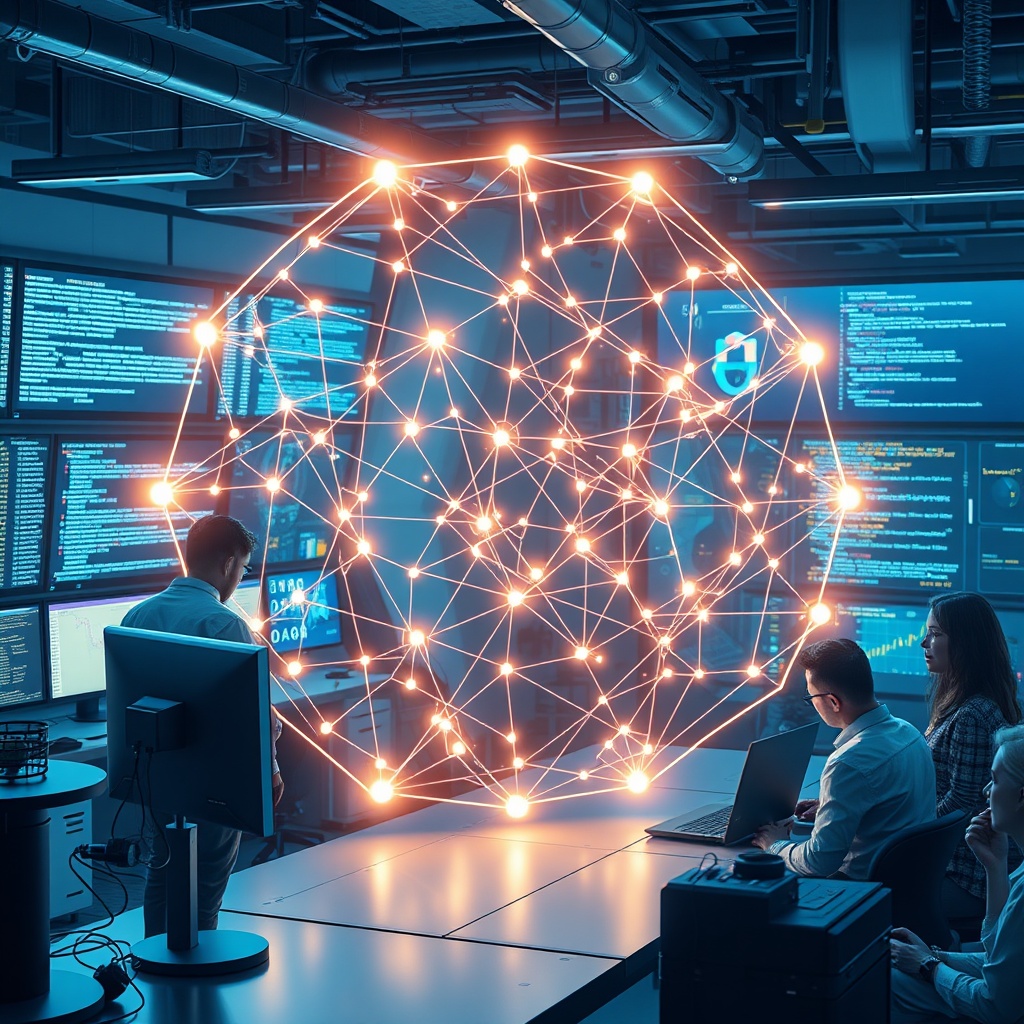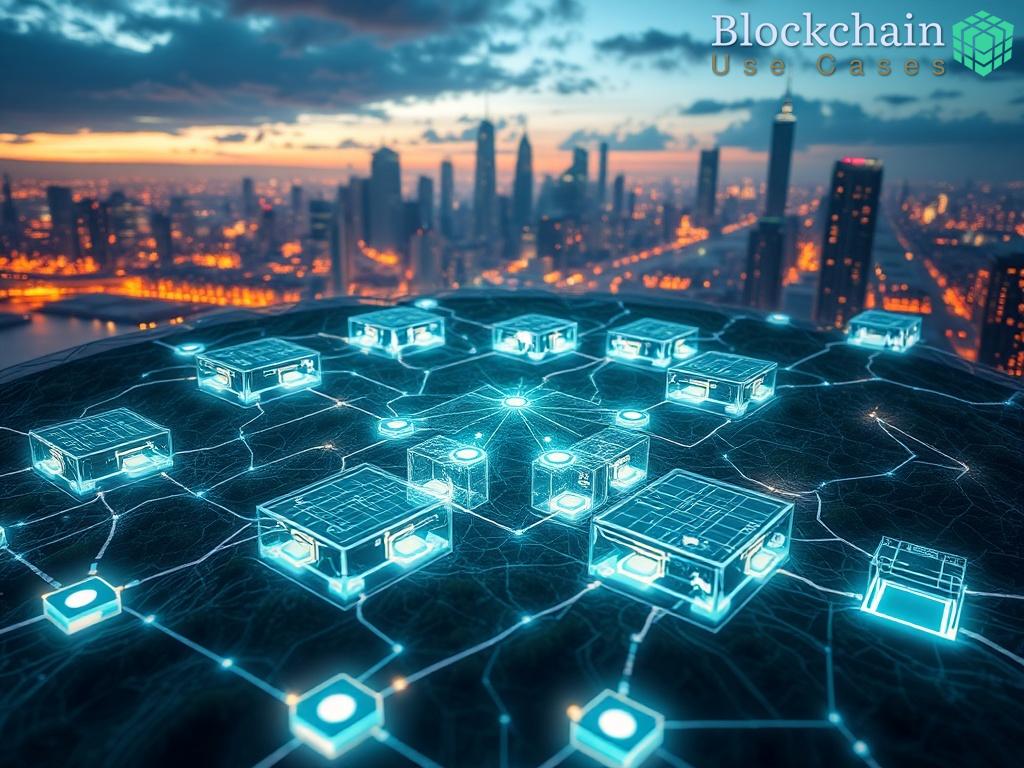In a digital landscape rife with threats, the integration of smart contracts into automated penetration testing and vulnerability scanning is ushering in a new era of cybersecurity. With the rise of decentralized technologies, it’s crucial to harness the power of smart contracts to enhance security measures and automate processes that were once labor-intensive and time-consuming. This innovative approach not only streamlines operations but also fortifies defenses against potential breaches.
Unleashing the Power of Smart Contracts

Smart contracts, self-executing contracts with the terms of the agreement directly written into code, are transforming the cybersecurity realm. By automating vulnerability scanning and penetration testing, these contracts allow for real-time assessments and responses to security threats. Unlike traditional methods, which often rely on manual processes and human intervention, smart contracts enable a more efficient and scalable approach.
A Comparison: Traditional Methods vs. Automated Smart Contract Solutions

To fully appreciate the advantages of smart contracts in automated penetration testing, it is essential to compare them with conventional methods:
- Efficiency: Smart contracts execute automatically, significantly reducing the time taken for testing and remediation.
- Cost-Effectiveness: Automating the process decreases the reliance on extensive human resources, lowering costs.
- Accuracy: Smart contracts minimize human error, providing more reliable results in vulnerability assessments.
- Scalability: As systems grow, smart contracts can easily adapt to increased demands without compromising performance.
Future Prospects: The Next Frontier in Cybersecurity
The future of cybersecurity is undoubtedly intertwined with the evolution of smart contracts. As organizations continue to invest in automation and decentralized technologies, the potential for smart contracts to enhance security frameworks becomes increasingly apparent. The implementation of these contracts not only promises to simplify processes but also to create a more resilient defense against the ever-evolving landscape of cyber threats.


















